Summary: In our previous post we reviewed Wikifolio.com, a FinTech project that lets everybody build a proven track record. Today we review the performance of Einstein's portfolio "Platintrader 1000% Leidenschaft" and explain why his performance is a matter of trading mastership, not of just luck.
After the financial crisis the Efficient Market Theory celebrates a strong comeback and more and more financial "experts" claim at the top of their voices that nobody can beat the market. Seems to be that these "experts" do not distinguish that "nobody can" and "only a few can" are different things. And if I demonstrate to these "experts" somebodies impressive track record they claim that it is just a pure luck and two-or-three years of trading history is not a prove.
Well, unless these "experts" deliberately lie (e.g. in order to foist robo-advisory service) they are void of numeracy. A crying shame is that such innumeracy does take place even among the employees of actively managed funds (well, what can you expect from those, who studied "descriptive-only" economics, without quantitative subjects in curriculum).
So Einstein runs his wikifolio from 16.09.2013 (i.e. three years) and has committed 1916 trades (among them 883 SELL-trades). Were his performance a purely matter of luck, the sign of his returns shall be random: sometimes +, sometime -. However, he has 503 positive and 380 negative returns. Can it be just a lucky coincidence? No! It is like tossing a coin 883 and expecting 503 heads (or tails) - a virtually impossible outcome (its probability is equal to 0.00002 and can be calculated with R command 1 - pbinom(503, 883, 0.5)). If you don't know the formula behind, don't worry, you can still run a simple Monte Carlo simulation, which yield approximately the same probability.
N_TRIALS = 100000
N_OF_EINSTEINS = 0
for(i in 1:N_TRIALS)
{
coinTosses = rbinom(883, 1, 0.5)
if(sum(coinTosses) >= 503)
N_OF_EINSTEINS = N_OF_EINSTEINS + 1
}
print(paste("tried", N_TRIALS, "and found", N_OF_EINSTEINS, "Einsteins" ))
print(paste("the probability to find an Einstein is:", N_OF_EINSTEINS/N_TRIALS))
Additionally, let us check whether Einstein increases his depot consistently or had he just committed several extremely lucky trades?
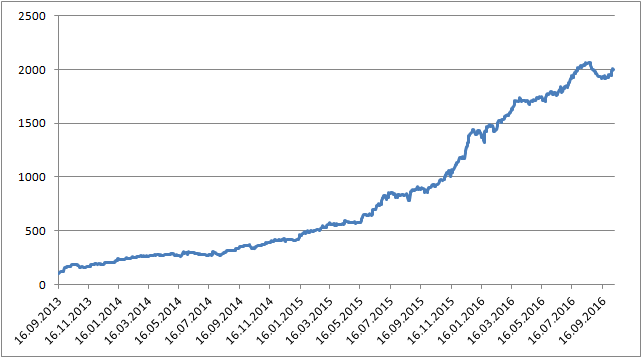
Figure 1 shows that he achieves a continuous growth with very small maximum drawdown.
Moreover, all Einstein's returns are homogeneous (there very few outliers), as Figures 2 and 2a show, i.e. he indeed trades very consistently.
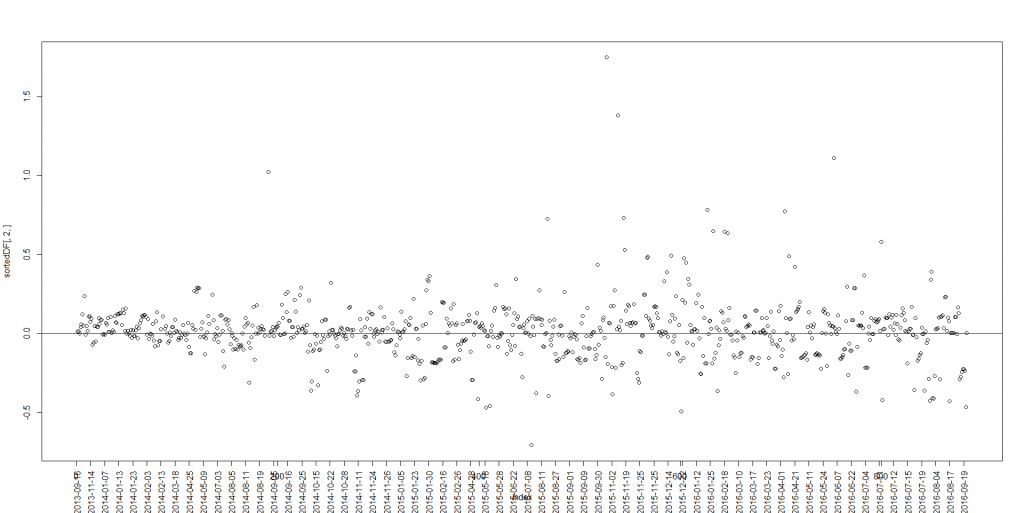
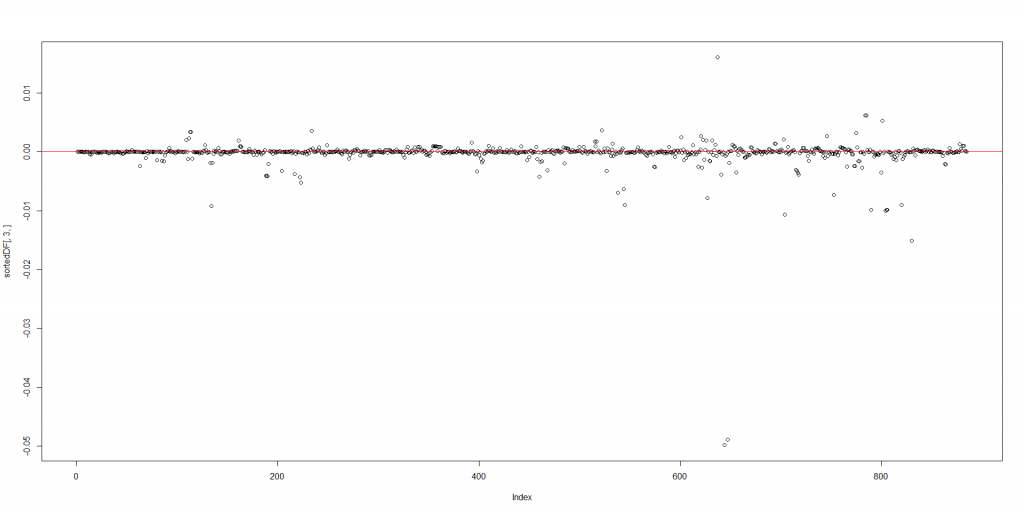
And, last but not least, Einstein's portfolio did grow independent of whether the market was bullish or bearish, as Figure 3 shows.
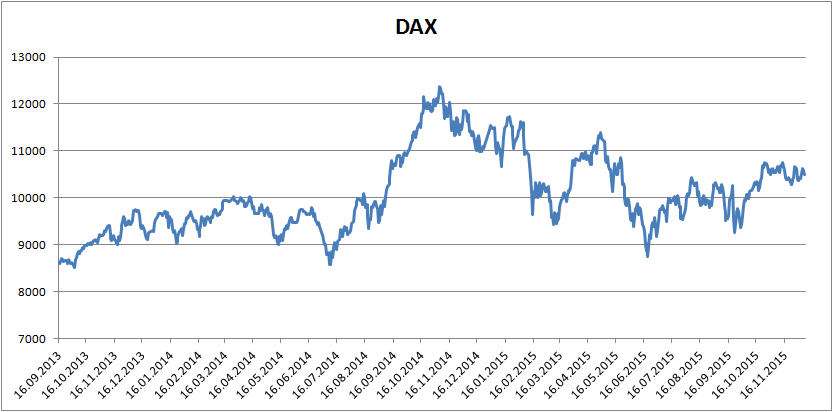
Well, maybe Einstein is an insider?! No! So far he trades with 231 financial products and there is no eye-catching preference in the assets he trade (click on Figures 4-6 to enlarge and see the details).
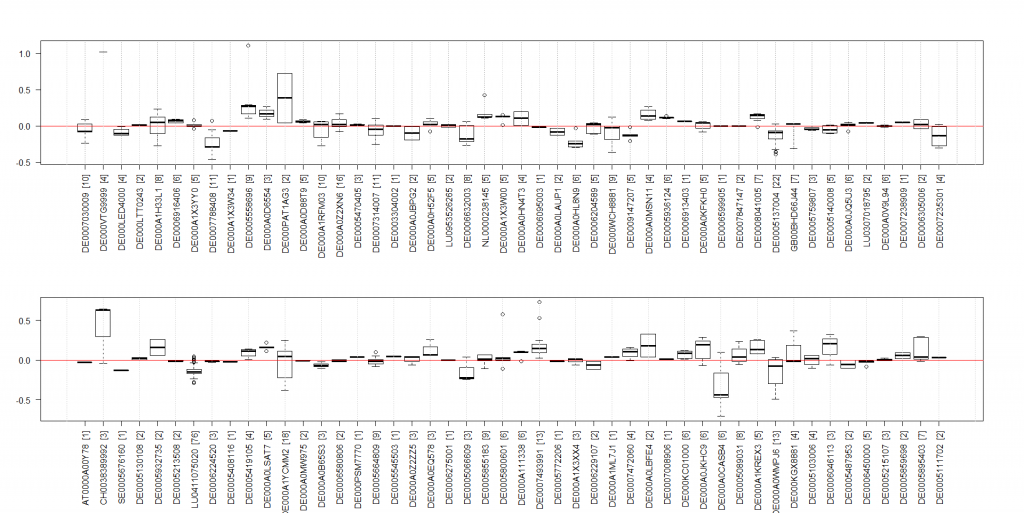
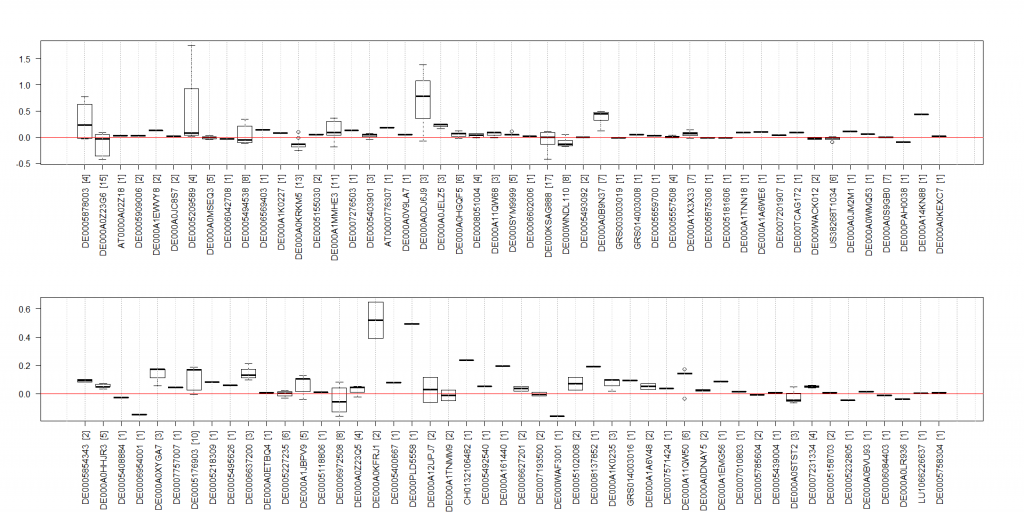
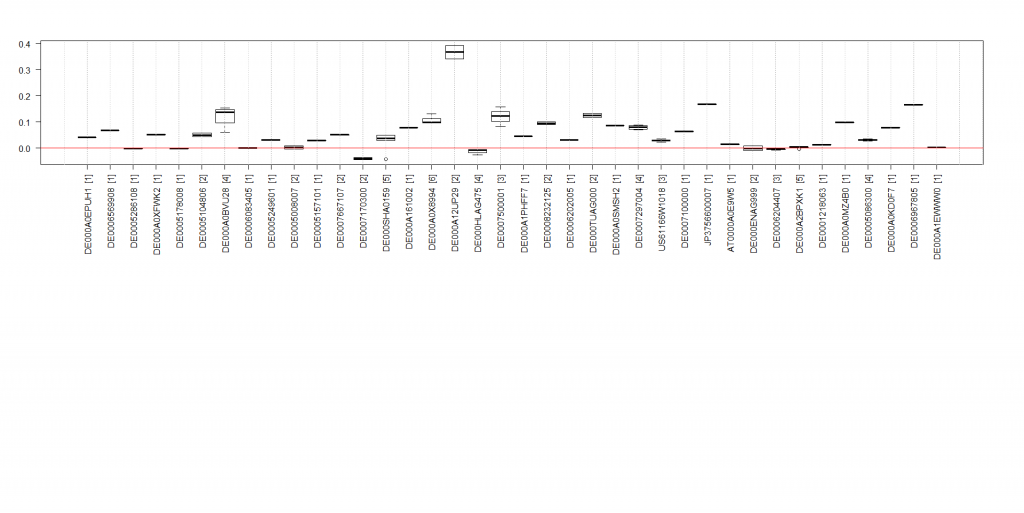
That's why I say: "my dear apologists of the Efficient Market Theory, open your eyes and look!" Yes, I, myself, claim that only a few can beat the market but the fact you cannot does not mean nobody can. And if you argue with financial crisis that ruined many funds, have a look at the Big Short!
P.S.
letYourMoneyGrow.com strives to tell you the whole truth. That's why we also tell you that Einstein, himself, emphasizes that he trades mostly with (very) small caps and due to insufficient market liquidity his portfolio cannot be scaled to a million (let alone a billion) Euro. Moreover, as all mortals he also does make mistakes: I watch him permanently and will never forget his series of lossy trades with oil. But finally he stays profitable due to his experience, Leidenschaft (passion) and iron trading discipline. Do read his Golden rules if you know German!
FinViz - an advanced stock screener (both for technical and fundamental traders)
